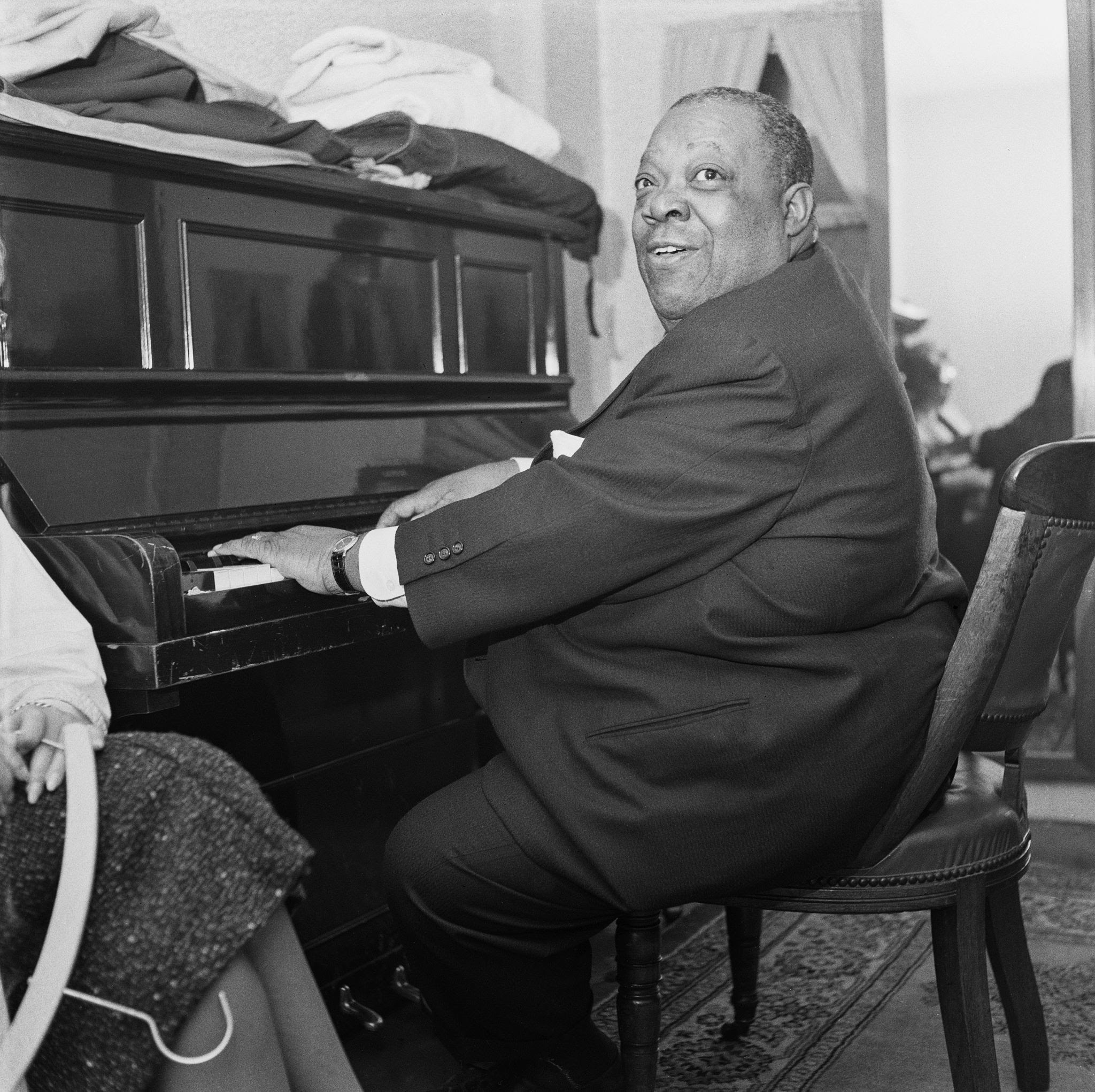Biography of Jimmy Rushing: The Voice That Bridged Blues and Jazz
Jimmy Rushing (August 26, 1901 – June 8, 1972) was an American blues and jazz singer renowned for his powerful voice, masterful phrasing, and charismatic stage presence. Often affectionately called “Mr. Five by Five” due to his stocky build and lively persona, Rushing left an indelible mark on 20th-century music through his work with Count Basie and as a solo artist. His voice became a defining sound of the swing era, and his contributions helped shape the landscape of blues-infused jazz.
Early Life and Musical Roots
Jimmy Rushing was born in Oklahoma City, Oklahoma, into a musical family. His father was a trumpeter and his mother a church organist, which exposed him early on to both secular and sacred music traditions. Initially trained as a pianist, Rushing studied music at Wilberforce University in Ohio, but soon discovered his true calling was singing.
He began his career in the 1920s performing in the southwestern territory bands, most notably with Walter Page’s Blue Devils. It was during this time that Rushing honed his vocal style, blending deep blues feeling with jazz timing and phrasing.
The Count Basie Years
Rushing’s big break came in 1935 when he joined the Count Basie Orchestra. His arrival coincided with the band’s rise to national prominence, and his vocal performances became an essential feature of Basie’s swinging sound. During his tenure with Basie (1935–1948), Rushing recorded and performed some of his most iconic songs, including:
- “Going to Chicago”
- “Good Morning Blues”
- “Sent for You Yesterday (and Here You Come Today)”
- “Harvard Blues”
Rushing’s ability to project his voice powerfully over large ensembles made him an ideal blues shouter. But he was also capable of nuance, delivering ballads with subtlety and grace. His versatility helped bridge the worlds of blues and jazz and brought broader popularity to both genres.
A Distinguished Solo Career
After leaving the Basie band in 1948, Rushing embarked on a successful solo career. He toured widely and recorded with a variety of jazz luminaries, including Benny Goodman, Dave Brubeck, and Buck Clayton. His solo albums, such as “Rushing Lullabies” (1959), “Livin’ the Blues” (1968), and “The You and Me That Used to Be” (1971), showcased his enduring vocal power and deep understanding of blues tradition.
Rushing also appeared in the 1957 film “The Sound of Jazz”, a landmark television production that featured many of the greatest jazz musicians of the era. His performance of “I Left My Baby” in the film is often cited as one of the most poignant moments in jazz on screen.
Legacy and Influence
Jimmy Rushing passed away from leukemia in New York City in 1972, but his musical legacy lives on. He was one of the few vocalists of his time who could sing both heartfelt blues and swinging jazz with equal authority. His influence can be heard in generations of blues and jazz singers, from Joe Williams to Ray Charles.
Critics and historians often praise Rushing for his ability to convey emotion without sacrificing technical brilliance. His music remains a touchstone for those exploring the rich intersection of jazz and blues.
Final Thoughts
Jimmy Rushing was more than just a great voice—he was a bridge between eras, genres, and cultures. His contributions helped elevate blues from its rural roots to the grand stages of American jazz. For anyone interested in the golden age of swing and the soul of the blues, the music of Jimmy Rushing is essential listening.

Comments are closed